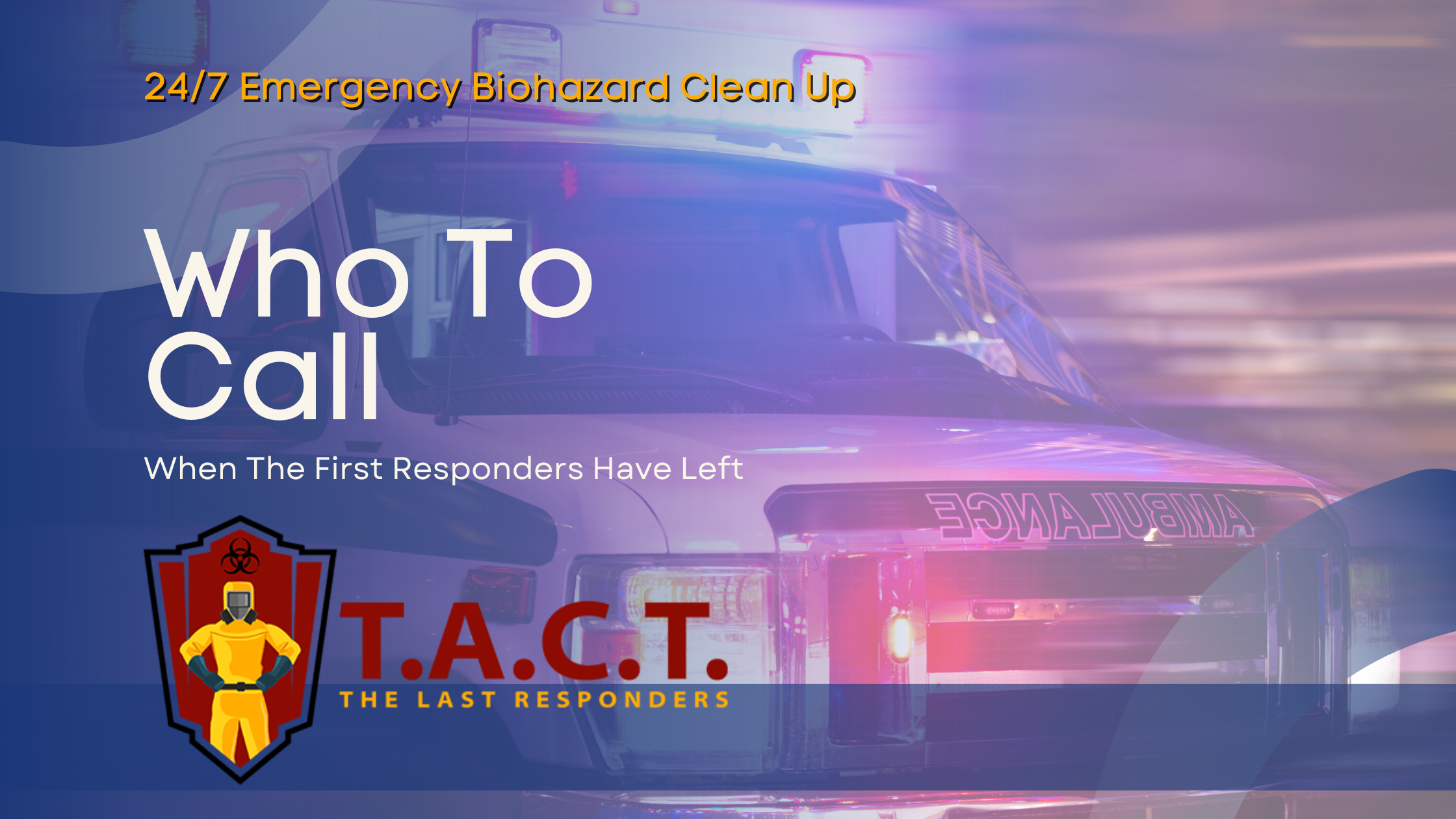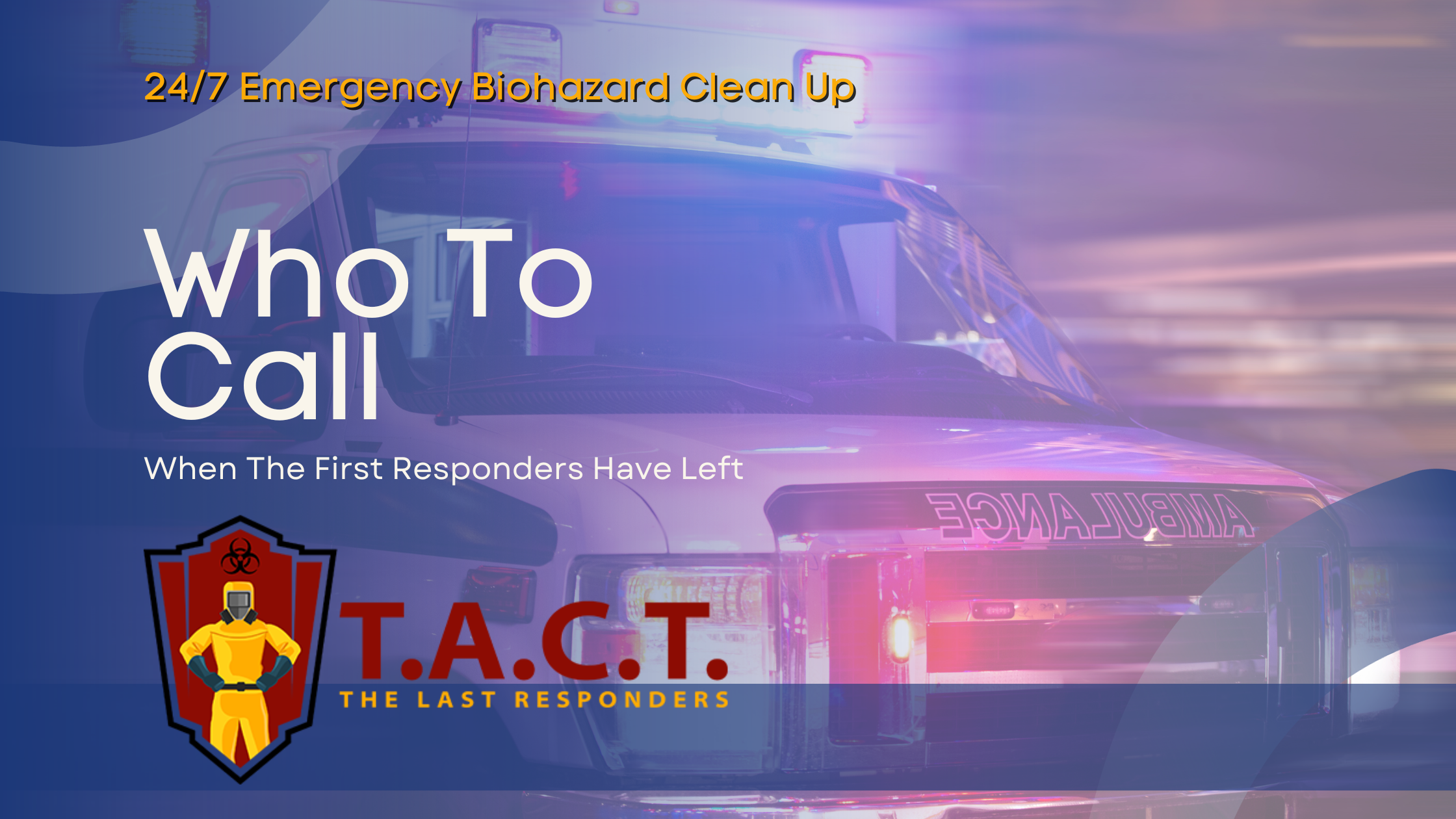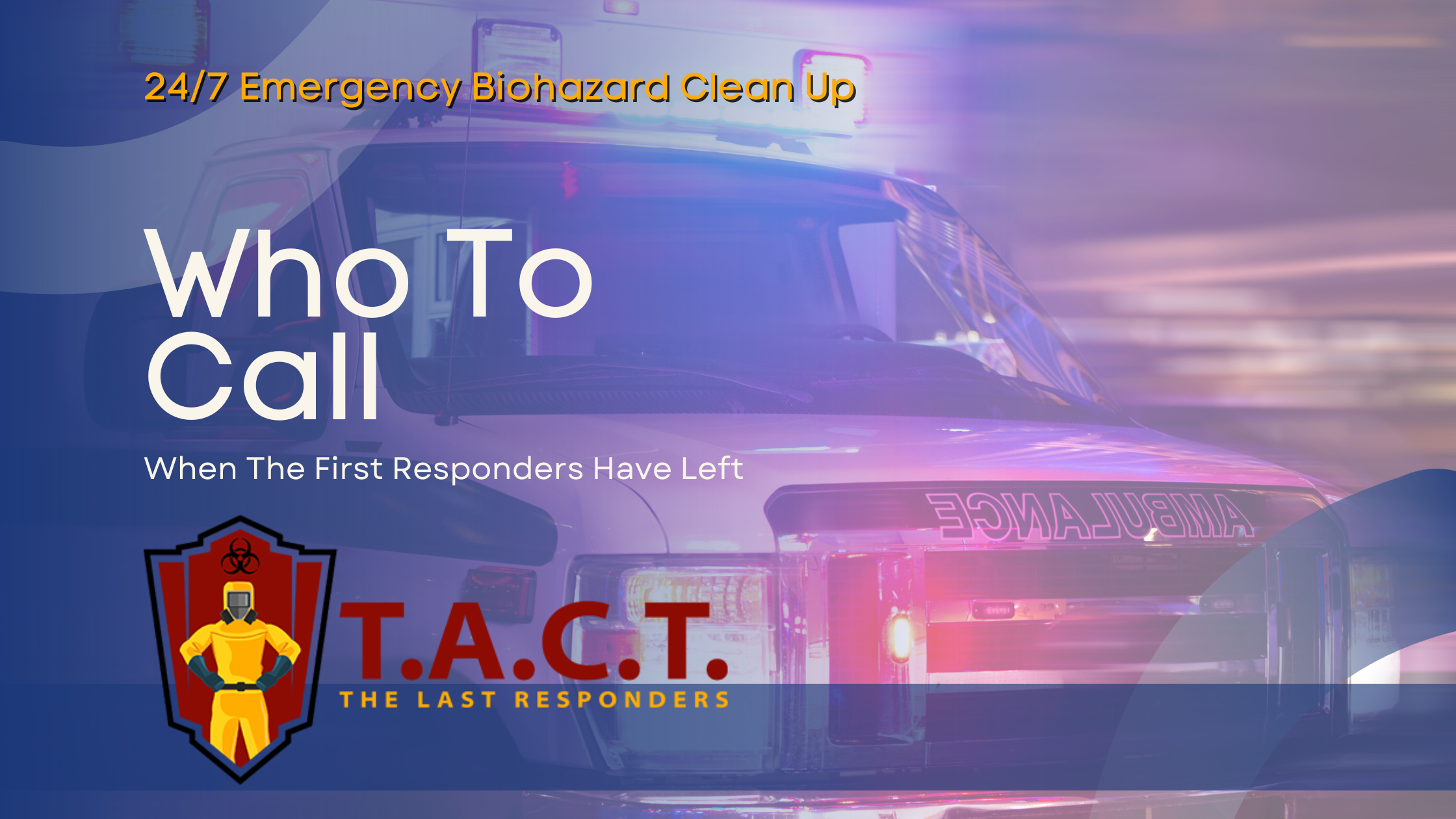Practical Safety Measures Everyone Should Know

Biohazards Decoded Risks and Practical Safety Measures Everyone Should Know
Biohazards often make headlines in connection to hospital outbreaks or lab incidents, but these invisible threats reach far beyond the walls of research facilities. Whether you work in healthcare, manage waste, handle animal products, or simply want to keep your family safe, understanding biohazards and how to protect against them is crucial. This guide explains what biohazards are, the main risks they pose, and the essential safety measures you need to follow.
Why Biohazards Demand Our Attention
Biohazards, also known as biological hazards, include any biological substances that can threaten the health of humans, animals, or even entire ecosystems. A biological hazard is any substance of biological origin that poses a threat to living organisms, while a biological agent is an organism such as a bacterium, virus, parasite, or fungus that can cause disease. These hazards originate from substances of biological origin, produced by living organisms such as plants, bacteria, insects, or animals. These hazards include bacteria, viruses, fungi, and parasites capable of causing disease or harm.
Biohazards are not confined to laboratories or hospitals. Organisms and biological agents can be found in various environments and can affect both humans and other living organisms. They can appear in workplaces, homes, food sources, and in our interactions with animals and the environment. With disease outbreaks and workplace incidents on the rise, having a clear understanding of biohazards and how to manage them is vital for your safety, your team’s, and the broader community.
Common Types of Biohazards
Recognizing the Range of Threats
Biological hazards are diverse and can enter our lives in many forms:
Bacteria
Examples include MRSA (Methicillin-resistant Staphylococcus aureus) and E. coli. These bacteria can spread via direct contact, contaminated surfaces, or food.
Viruses
Notorious examples are HIV and hepatitis viruses, which can be present in blood and body fluids. Viruses like avian flu can also leap from animals to humans, and can be transmitted from certain animals to humans, posing additional health risks.
Fungi
Molds and yeasts, especially those in damp environments, can cause respiratory and skin infections.
Parasites & Prions
These can cause severe and sometimes fatal diseases, especially in immunocompromised individuals.
Insects
Insects such as mosquitoes and ticks are biological hazards that can transmit diseases and pose health risks. They can act as vectors for illnesses like malaria, Lyme disease, and other infections, and may also cause allergic reactions or introduce biotoxins through bites and stings.
Airborne Pathogens
Diseases like tuberculosis and COVID-19, which can travel in respiratory droplets or aerosols, require extra precautions in enclosed or healthcare environments.
Hazardous Biological Materials
Toxins and contaminated animal products fall into this category and must be handled with care.
Understanding the type of biohazard you might encounter helps you choose the right prevention and response strategies.
Bloodborne Pathogens and Human Blood Risks
Invisible Hazards in Medical and Everyday Spaces
Human blood and its components, like plasma and white blood cells, can harbor dangerous pathogens. These pathogens, such as HIV and hepatitis B and C, are known as bloodborne pathogens.
How Are Bloodborne Pathogens Transmitted?
Needlestick injuries in medical settings
Broken skin contact with contaminated blood
Sharing personal items like razors or needles
Improper disposal or handling of used needles, which can lead to accidental exposure to infectious agents
Essential Safety Measures
Use gloves and proper PPE (Personal Protective Equipment) when handling blood or bodily fluids.
Dispose of needles and sharps in puncture-resistant containers.
Ensure immediate handwashing after exposure or handling of blood.
Employers, especially in healthcare, are legally required by OSHA to provide safety training, handwashing facilities, and post-exposure medical care. Quick access to medical treatment and post-exposure prophylaxis (PEP) can be life-saving.
Animal Products and Their Unique Biohazard Risks
When Food and the Workplace Become Hazards
Animal products such as raw meat, unpasteurized dairy, and even animal hides can transmit diseases. Pathogens like Salmonella, E. coli, and even avian or swine flu can make their way into the human population through improper handling.
Risks Increase When…
Consuming undercooked meat or raw dairy products
Handling animal carcasses or waste without protection
Working with high-risk species (pigs, birds, etc.)
Protective Actions to Take
Cook all animal products thoroughly
Practice good hand hygiene after handling animals or raw foods
Get vaccinated for relevant animal-borne diseases if your job puts you at risk
Wear gloves and masks when required
Identify workers who may be potentially exposed to animal products or waste and ensure they receive appropriate training and protective equipment
Employers in food and agriculture industries should ensure proper training, provide vaccinations where necessary, and institute stringent hygiene routines.
Blood Products and Safety Measures
Blood products—including red blood cells, white blood cells, plasma, tissues, and platelets—are essential in medical treatment but can also present serious biological hazards if not managed correctly. The risk of transmitting infectious diseases such as human immunodeficiency virus (HIV) and hepatitis is a major concern during transfusions, laboratory work, and even routine handling. To protect human health, strict infection control protocols must be followed at every step.
Employers are responsible for ensuring that all workers handling blood products are fully trained on the risks and the correct safety procedures. This includes the use of personal protective equipment (PPE) like gloves, masks, and gowns, as well as the safe storage and transport of blood products. Regular training on the identification of biological hazards and the importance of immediate action in case of exposure is crucial.
Navigating the Hidden Dangers in Transfusions and Lab Work
Transfusions and laboratory procedures involving blood products carry a high risk of biohazard exposure. Workers must be vigilant about the potential for contact with infected blood and take every precaution to prevent accidental exposure. This means always wearing appropriate PPE, using biosafety cabinets and other engineering controls, and strictly following protocols for the disposal of contaminated items.
Administrative controls, such as clear procedures for handwashing and the availability of handwashing facilities, further reduce the risk of infection. Employers must ensure that all staff are trained to recognize the signs of exposure and know the immediate steps to take if an incident occurs. By combining engineering controls, administrative controls, and personal vigilance, the risk of biohazard exposure from blood products can be significantly minimized.
Specific Biohazard Risks You Should Know
Beyond the Basics
MRSA and Antimicrobial-Resistant Bacteria
MRSA is notorious for causing severe infections that resist standard antibiotic treatments. This bacterium can be present in hospitals, gyms, or any crowded area.
Insect and Arthropod Vectors
Mosquitoes, ticks, and fleas carry diseases like West Nile virus, Lyme disease, and malaria. Wearing long sleeves, using repellent, and monitoring for bites helps reduce risk.
Fungal Hazards
Environments with high humidity, water damage, or organic debris are fertile grounds for fungal hazards like black mold or yeast infections. Mold exposure can aggravate allergies and pose serious risks for anyone with a weak immune system.
Airborne Pathogens
Pathogens like Mycobacterium tuberculosis (which causes TB) can linger in the air, especially in crowded, poorly ventilated spaces.
Toxic Biological Substances
Biological toxins, such as those from certain plants, marine life, or biowaste, require specialized training for safe handling and disposal.
Settings with High Biohazard Risk
Some environments are inherently more dangerous when it comes to biological hazards. Hospitals, laboratories, and animal facilities are prime examples, as they often contain infectious diseases and potentially contaminated biological materials. In these settings, workers may be exposed to a wide range of biological agents, including bacteria, viruses, and toxins that can threaten both human and animal health.
To control these risks, employers must implement comprehensive infection control measures. This includes proper handling and storage of biological materials, consistent use of PPE, and strict adherence to protocols for cleaning and decontaminating workspaces. Regular risk assessments and updates to safety procedures are essential to keep up with evolving threats.
Where Danger Lurks: Hospitals, Labs, and Beyond
Healthcare settings, research labs, and animal care facilities are hotspots for biohazard exposure. Workers in these environments face threats from methicillin resistant Staphylococcus aureus (MRSA), avian flu, and other infectious diseases that can be transmitted through contact with contaminated items or biological materials. The risk of exposure is heightened by the presence of infected patients, animals, or samples.
To protect workers, employers must provide thorough training on the specific biological hazards present in their workplace. This includes instruction on the correct use of PPE, safe handling and disposal of contaminated items, and the importance of following infection control protocols at all times. By fostering a culture of safety and vigilance, the likelihood of biohazard exposure can be greatly reduced.
Safety Measures to Prevent and Control Biohazard Exposure
Practical Tools for Real-World Protection
Engineering Controls
Use of ventilation systems, negative pressure rooms, and physical barriers
Isolation of infectious patients or contaminated workspaces
Administrative Controls
Staff training on handling hazardous materials
Clear, accessible protocols for exposure response
Scheduling policies that limit exposure duration
Personal Protective Equipment (PPE)
Gloves, masks, and sometimes gowns or coveralls, especially in high-risk settings
Eye protection when there’s a risk of splashes or aerosol exposure
Decontamination and Disposal
Correct disposal of contaminated waste in biohazard bags or sharps containers
Routine cleaning and disinfection of surfaces, especially in high-touch areas
Health Monitoring and Response
Regular health screenings for at-risk staff
Access to vaccination and immediate medical treatment in case of exposure
Attention to these measures isn’t just about ticking boxes on a checklist. Real diligence saves lives, limits outbreaks, and builds trust in workplaces and communities.
Training and Education
Effective training and education are the foundation of any successful biohazard safety program. Workers who handle biological materials or operate in high-risk environments must be fully aware of the potential hazards and the steps required to prevent exposure. Comprehensive training should cover the correct use of PPE, the operation of engineering controls like biosafety cabinets, and the implementation of administrative controls such as exposure response protocols.
Employers have a legal and ethical responsibility to ensure that all staff are equipped with up-to-date knowledge about infection control and biohazard exposure. Regular refresher courses, hands-on demonstrations, and clear communication about new risks or procedures are essential. By prioritizing education, employers empower workers to identify hazards, take appropriate precautions, and respond effectively to incidents—ultimately safeguarding both individual health and the broader community.
Regulations and Guidelines for Biohazard Safety
Know the Rules, Protect Lives
Government agencies and international bodies set the standards for biohazard safety:
OSHA (Occupational Safety and Health Administration)
Mandates safety training, PPE use, and exposure protocols for workers in high-risk industries.
CDC (Centers for Disease Control and Prevention)
Issues guidelines for infection control in healthcare and other public settings.
WHO (World Health Organization)
Provides global recommendations for disease monitoring, reporting, and response.
NIOSH (National Institute for Occupational Safety and Health)
Advises on workplace protections, from engineering controls to best practices for PPE.
Employers must comply with these regulations to protect staff, patients, and the broader community. Regular training, updated protocols, and transparent communication are all legal requirements as well as best practices.
Making Safety a Shared Priority
Biohazards pose complex, evolving risks, but you have the power to limit their impact. By understanding biohazard types, recognizing specific risks, and following robust safety measures, you protect not only yourself but everyone around you. If you’re responsible for a team or a facility, revisit your infection control protocols routinely, ensure everyone is trained on correct PPE and disposal procedures, and stay updated with regulations.
Have concerns about your current safety measures or want expert guidance tailored to your organization? Reach out today for a comprehensive biohazard risk assessment and training session—we’re here to help you keep your people safe.
Meta data
Meta title
Biohazards Risks and Safety Measures Everyone Should Know
Meta description
Learn about biohazards, their risks, and safety steps from experts. Protect your workplace and community with essential biohazard safety practices.
Latest news

Nosy neighbors peeking? T.A.C.T. North Atlanta offers discreet biohazard remediation for rodent infestations, mold, hoarding, and more. Unmarked vehicles, quiet experts, full privacy—24/7 service at 470-781-4775.
Read More

